Photographing babies can be a rewarding experience, but safety should always be the top priority. From equipment to setting up the perfect shot, there are a few key considerations to keep in mind when photographing babies. In this article, we will discuss the importance of safety when it comes to photographing babies, and provide essential tips for getting great shots while keeping your little subject safe.
The first step to ensuring a safe and successful photo session with a baby
is to make sure all of your equipment is in good working order and that you are familiar with its use. Make sure the camera is fully charged and that you have extra batteries on hand in case the main battery runs out.Additionally, check the camera's settings to ensure it is set up correctly for the type of photography you plan to do. When setting up the photo shoot, make sure you are in a safe, secure environment where the baby can move around freely without getting hurt. Choose a location that has plenty of space for the baby to move around and explore without any risk of danger, such as a well-padded area with no sharp edges or objects. Make sure to keep any cords or straps away from the baby's reach. When taking photos of a baby, always use a tripod or other stabilizing device to ensure that the camera remains steady while you take pictures. Additionally, make sure you are aware of your surroundings and that there are no objects or people that could potentially harm the baby.
When photographing babies, it is important to be patient and gentle with them
.Take your time and allow them to explore and interact with their environment before taking any pictures. Make sure to talk softly to the baby and respond to their cues. Additionally, make sure you are aware of any signs of discomfort or distress, such as crying or squirming, and adjust accordingly.
Finally, be mindful of the poses and angles you choose for your photos
. Make sure to avoid any poses that could potentially put stress on the baby's neck or back, such as laying them flat on their back for too long.Additionally, be mindful of the angle of the light when taking photos so that it does not create harsh shadows or put strain on the baby's eyes.
Overall, there are many safety considerations to keep in mind when photographing babies
. By being aware of these considerations and following proper safety protocols, you can ensure a successful and enjoyable photo session for both you and the baby.Lighting Considerations
Lighting is an important consideration when photographing babies. When taking photos of babies, it is important to be mindful of the angle of the light so that it does not create harsh shadows or put strain on the baby's eyes. To achieve the best results, try to use natural light whenever possible.If you need to use artificial lighting, make sure that the lights are positioned in such a way that they do not create too much glare or contrast. Additionally, be sure to adjust the intensity of the lights so that they don't cause discomfort for your baby. When using flash photography, be aware of how close the light source is to the baby and be sure to adjust the settings accordingly. If possible, use a diffuser to help spread the light evenly over your subject. This will help create a softer, more natural look.
Environment Considerations
When photographing babies, it's important to be aware of the environment in which you are shooting.Make sure to choose a location that is safe and secure for the baby. Look for areas that are free from sharp objects, and avoid any locations that may present a risk to the baby's safety. If you are shooting outdoors, make sure that there are no animals or other potential hazards nearby. It's also important to consider the temperature of the location. Babies can get cold quickly, so if you are shooting outdoors or in a space with poor insulation, make sure to bring appropriate clothing for the baby.
If you are shooting indoors, consider investing in a space heater to keep the baby comfortable. Finally, consider the noise level of the location. Babies can be sensitive to loud noises, so try to find a space with minimal background noise. If you are shooting indoors, consider investing in noise-canceling headphones for the baby.
Photography Techniques
When taking photos of a baby, it is important to use a tripod or other stabilizing device to ensure your camera remains steady. This will help ensure that the photos you take are sharp and clear.Additionally, you should be patient and gentle with the baby and respond to their cues. If they seem uncomfortable, take a break and let them settle before continuing. Taking your time and being considerate of the baby's needs will ensure that you get the best results. In addition to using a stabilizing device, you should also choose the right lens for the job. For example, if you're taking close-up shots of a baby, you'll want to use a macro lens.
A wide-angle lens can be used for larger shots that capture more of the environment. Finally, when editing photos of babies, be sure to use appropriate editing techniques. Avoid aggressive editing that could alter the baby's appearance in an unnatural way. Instead, focus on making subtle adjustments that bring out the best in your photo.
Equipment Considerations
When setting up a photo shoot with a baby, it is important to make sure all equipment is in good working order and that you are familiar with its use. This includes the camera, lenses, flashes, tripods, and other accessories.It is important to make sure all equipment is properly cleaned and maintained to prevent any potential health risks for the baby. When selecting a camera, it is important to choose one that is suitable for taking pictures of babies. Generally, cameras with a macro setting are ideal for capturing close-up shots of babies. Additionally, selecting a camera with manual settings is beneficial for more advanced photography techniques. Lenses are an important consideration when photographing babies. Wide-angle lenses are useful for capturing an entire scene, while telephoto lenses are great for zooming in on details.
Additionally, macro lenses can be used to capture close-up shots of babies. Flashes are also an important consideration when photographing babies. When using an external flash, make sure it is positioned correctly so that it does not cause any discomfort to the baby. Additionally, it is important to set the flash intensity correctly so that it does not overexpose the shot. Tripods are important for keeping the camera steady and preventing camera shake. When using a tripod, make sure it is the correct height for the baby and that it is secure so that it does not move or tip over. Other accessories such as reflectors and diffusers can be used to create more interesting lighting effects when photographing babies.
Additionally, props such as blankets and toys can be used to create interesting and unique shots.
Pose Considerations
When photographing babies, it's important to consider the poses and angles you choose for your photos. Babies have delicate necks and backs and can be easily hurt by being placed in awkward or uncomfortable positions. To ensure your baby's safety, you should be mindful of the poses and angles you choose for your photos so that they do not put stress on the baby's neck or back. For example, a popular pose for newborns is the 'froggy pose', where the baby is lying on their stomach with their arms and legs bent. While this can be a very cute pose, it's important to ensure the baby's head is supported and their neck isn't strained by their body weight.It's also important to make sure that the baby's lower back isn't arched, as this can cause discomfort. When taking photos of older babies, you should also pay attention to the poses you choose. For example, if you are taking photos of a baby lying on their back, make sure they are lying flat on their back so that their neck isn't strained. You should also avoid having them hold their head up for too long, as this can cause discomfort. Finally, when taking photos of babies in standing or seated positions, make sure the baby is securely supported and that they are not leaning forward or backward too far. This will ensure that the baby's neck and back are not put under any undue strain. Photographing babies is a rewarding and joyful experience that requires careful consideration of safety protocols.
By taking the time to understand and adhere to the equipment, environment, pose, photography techniques, and lighting considerations outlined in this article, you can guarantee a safe and successful photo session for both you and the baby. With the right precautions in place, you can create beautiful and meaningful images that capture the innocence and joy of childhood.

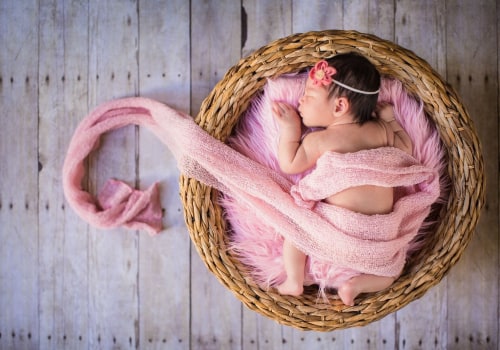
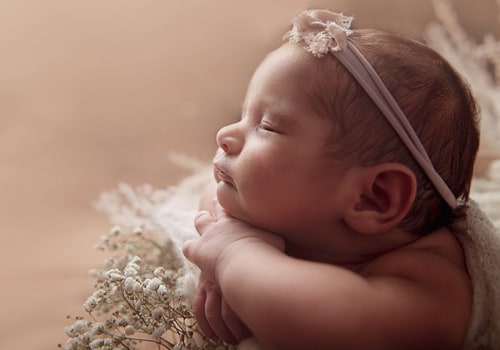
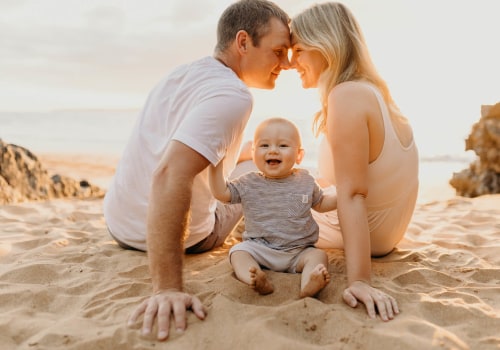
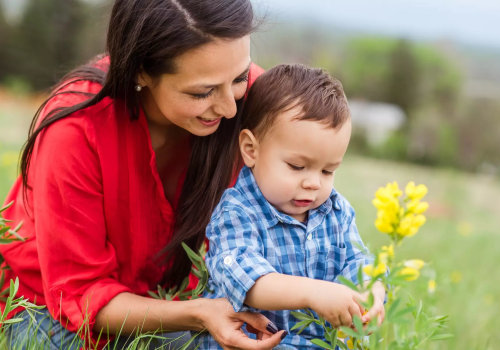
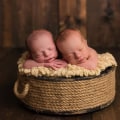
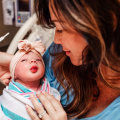
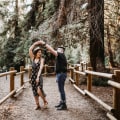
Leave a Comment